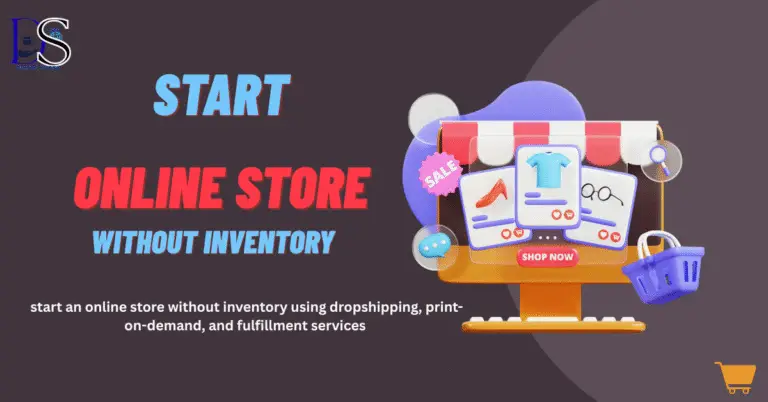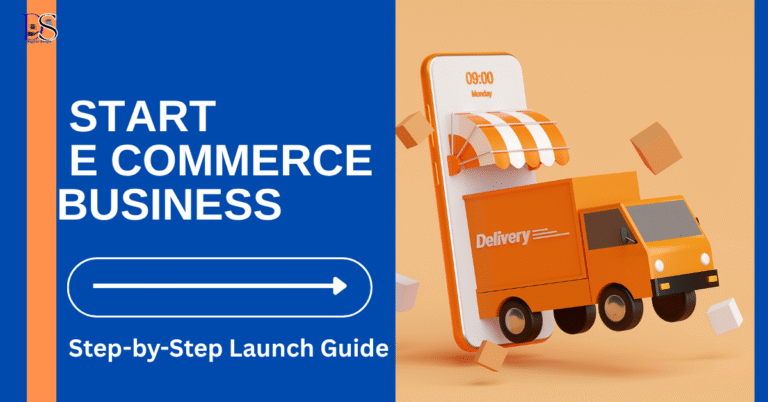Social Media Strategy: A Step-by-Step Guide to Grow Your Brand Online
Introduction
Creating a social media strategy isn’t just a marketing task—it’s a business necessity. In a world where customers check Instagram before making purchases and follow brands before trusting them, your social media presence can make or break your growth.

This guide walks you through every part of building a successful strategy—from setting goals to posting, measuring, and improving—without jargon or fluff. Whether you’re starting from scratch or improving what you’ve already got, this article will give you a complete roadmap.
In This Article
Social Media Goals: Start With a Clear Objective
Any strong social media strategy begins with knowing what you’re trying to achieve. Common goals include:
- Increasing brand awareness
- Driving more website traffic
- Generating leads or sales
- Growing a loyal community
Set SMART goals that are Specific, Measurable, Achievable, Relevant, and Time-bound.
Anecdote: Sarah, who runs a small candle business, initially wanted “more followers.” But after applying the SMART framework, she set a better goal: “Increase website orders by 20% in 3 months through Instagram Reels.” That focus helped her hit her target faster.
Target Audience in Social Media Strategy: Know Who You’re Talking To
To create content that works, you must understand who it’s for. Your target audience influences your tone, visuals, platform, and posting times.
Ask yourself:
Where do they spend their time online?
What is their age, gender, location, and job?
What challenges are they facing?
What kind of content do they already engage with?

Use tools like Meta Audience Insights and Sprout Social to gather data.
Content Marketing in Social Media Strategy: Plan What to Share
Content is the heart of your social media strategy. Great content doesn’t just sell—it educates, entertains, and builds trust.
Your content mix might include:
- Educational posts: how-tos, industry tips
- Entertaining posts: memes, fun facts
- Inspirational posts: quotes, success stories
- Promotional posts: product launches, discounts
- Interactive posts: questions, polls
Use a social media calendar to stay organized and post consistently.
Brand Voice in Social Media Strategy: Build a Consistent Identity
Your brand voice is how your audience experiences your personality online. It should feel natural and match your brand’s values.
Consider:
- Should the tone be professional or casual?
- Do you use formal language or casual phrases?
- Are your visuals minimal, bright, artistic, or classic?
Design tools like Canva or Looka can help maintain brand consistency.
Posting Schedule in Social Media Strategy: Post at the Right Time
Even great content can flop if posted when your audience isn’t online. A strategic posting schedule helps you reach more people.
Find the best posting times using:
- Instagram Insights
- Facebook Analytics
- Tools like Buffer and Later
Anecdote: A local gym saw low engagement from morning posts. After shifting to 7 p.m.—when their members were done working out—likes and shares doubled.
Hashtag Strategy in Social Media: Get Discovered More Easily
Hashtags expand your reach and help new users discover your content. But don’t go overboard.
Best practices for hashtags:
Include relevant keywords in captions and bios for better social SEO
Use 3–5 per post
Choose niche hashtags related to your content
Mix broad and specific tags (e.g., #Fitness vs. #HIITForBeginners)

Research hashtags using Hashtag Generator
Analytics Tools in Social Media Strategy: Track and Improve
Tracking your results helps you know what’s working and what needs to change. Focus on metrics like:
- Engagement rate
- Click-through rate (CTR)
- Follower growth
- Website traffic and conversions
Use:
- Sprout Social
- Kontentino
- Native tools like Instagram Insights or LinkedIn Analytics
Check your analytics weekly or monthly, and update your social media strategy accordingly.
Social Media Ads: Use Paid Promotions to Accelerate Growth
Organic growth is slow and limited. Social media ads help you reach your ideal audience faster with laser targeting.
Create paid campaigns using:
- Meta Ads Manager
- LinkedIn Ads
- TikTok Ads
Tips:
- Start with a small daily budget
- A/B test different creatives
- Track ROI and adjust targeting
Influencer Collaboration in Social Media Strategy: Build Authority and Reach
Influencer partnerships can give your brand a major boost. Start with micro-influencers who have smaller but more engaged audiences.
Why it works:
- They build trust faster
- Their followers are usually niche and targeted
- They’re more affordable than celebrities
Use tools like Heepsy or Upfluence to find ideal influencers in your space.
Conclusion: A Social Media Strategy Is a Long-Term Investment
A successful social media strategy is not built in a day. It evolves. It adapts. And it grows with your business.
It includes:
- Clear goals
- Deep audience understanding
- A consistent brand voice
- A balanced content plan
- Smart use of tools and analytics
Start with small steps. Keep refining. And remember—results come with consistency.
If you’re ready to turn social media into your biggest growth channel, start building your strategy today.
FAQs About Social Media Strategy
What is a social media strategy?
It’s a detailed plan outlining your social media goals, target platforms, content types, posting schedule, and performance measurement methods.
Why is social media strategy important for businesses?
It helps businesses connect with the right audience, build trust, drive website traffic, and increase conversions in a structured and measurable way.
How often should I update my strategy?
Review your strategy at least every 3 months. However, keep monitoring performance weekly to stay ahead of trends.
Can I do this without paid tools?
Yes. Most social platforms offer free analytics, and free versions of tools like Canva, Buffer, and Later can get you started effectively.
How long before I see results?
Results vary by industry and effort, but with consistent posting and audience engagement, many brands start seeing traction within 2–3 months.








One Comment